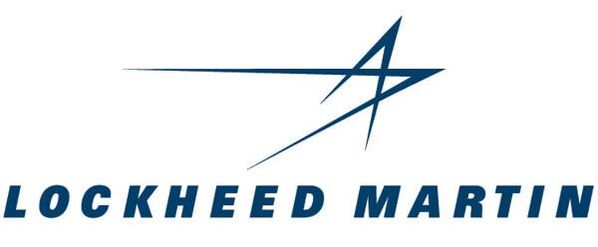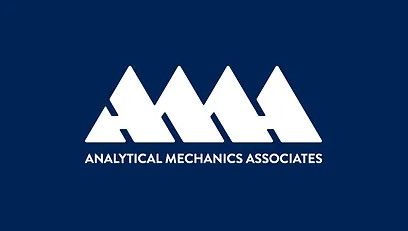About the BAMA-2 Mission
After the failure of the rocket to deliver BAMA-1 to orbit on February 10th, 2022, UASPACE decided to pivot their original plans of a new mission for BAMA-2. BAMA-2 is now an effort to re-create BAMA-1 and complete the mission of testing and demonstrating a drag sail as a tool to remove satellites from Low Earth Orbit.
As part of the NASA CubeSat Launch Initiative, BAMA-2 will be deployed from the NanoRacks CubeSat Deployer (NRCSD) from the International Space Station (ISS). The NRCDS is a CubeSat Deployer system that will integrate our CubeSat on the ground, isolate it from other cargo on ISS resupply vehicles and the ISS, and deploy it into orbit.
As part of the NASA CubeSat Launch Initiative, BAMA-2 will be deployed from the NanoRacks CubeSat Deployer (NRCSD) from the International Space Station (ISS). The NRCDS is a CubeSat Deployer system that will integrate our CubeSat on the ground, isolate it from other cargo on ISS resupply vehicles and the ISS, and deploy it into orbit.









